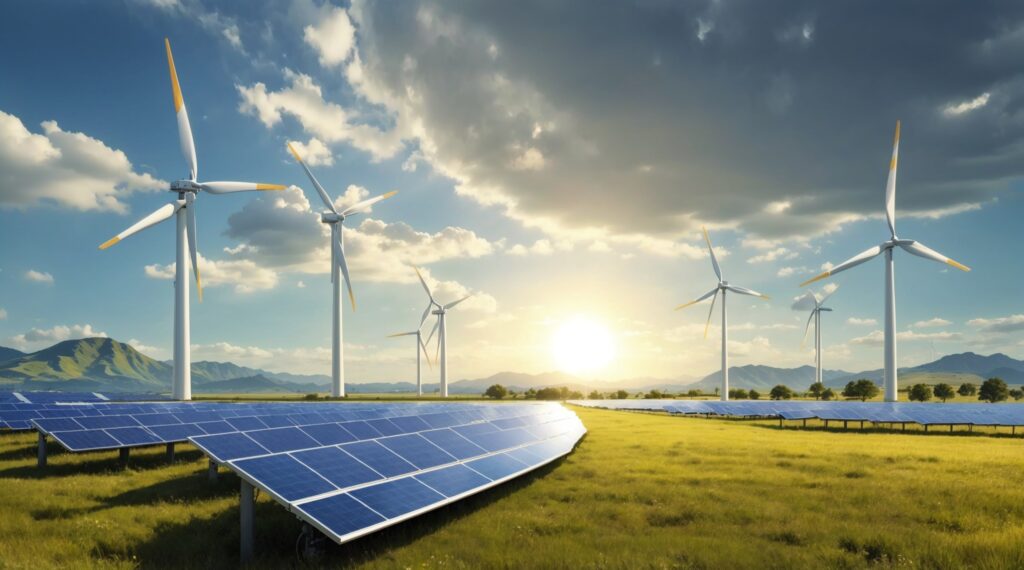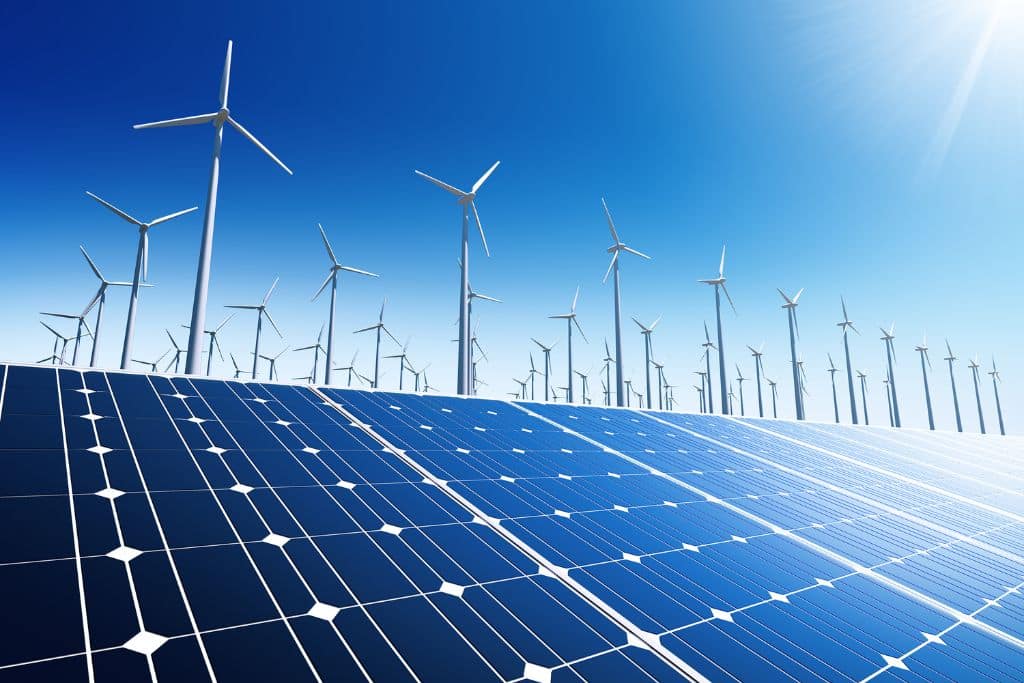
Chile has emerged as a global producer of renewable energy given its abundant natural resources. The Atacama Desert provides resources for wind and solar power production. The energy sector aims to expand to meet the growing energy demands. Chile has ambitious targets of reaching 70% renewable energy in its total consumption by 2050. The government can provide favorable policies and regulatory frameworks to ensure energy sustainability. These include feed-in tariffs and renewable energy auctions. This, in turn, encourages investment in clean energy production. Additionally, Chile has a relatively competitive market that fosters innovation and cost reduction. The availability of international investment in this sector also drives growth and development.
Challenges facing Chile’s renewable energy sector
Despite the success of renewable energy resources in Chile, the energy sector faces several challenges. The challenges include grid integration, energy storage, and regulatory complexities. Such challenges could slow down the pace of growth and pose risks to the sustainability of the sector. Other challenges include innovation in emerging technologies, economic factors, financing, and environmental and social concerns. Addressing these challenges will need coordinated efforts between the government, private sector, and communities to ensure the sector remains sustainable.
Renewable energy sources sustaining the Chilean energy sector
The Chilean energy sector continues to develop with more energy sources and new innovations in technology. The country aims to meet sustainability and carbon neutrality for the future. Chile’s energy sector is dominated by a diverse mix of renewable energy sources. This is including solar, wind, and hydropower. The following are the main renewable energy sources contributing to Chile’s energy mix in 2024:.

- Solar energy – the Atacama Desert provides some of the highest solar irradiance levels in the world. This promotes the production of solar energy through use of large-scale PV plants. Also, concentrated solar power plants can store thermal energy. This allows for electricity generation at low radiance levels.
- Wind energy – the southern regions of Patagonia have strong and consistent wind resources, which makes them ideal for wind farms. There is development of onshore wind projects contributing to a share of the country’s electricity.
- Hydropower – this is a cornerstone of Chile’s energy sector, especially in the central and southern regions. Chile has been developing smaller-scale hydropower projects that do not need large reservoirs.
- Geothermal energy – the Andes region along the Pacific Ring of Fire provides geothermal potential. The high-temperature resources are being tapped to generate electricity with a few operational plants. Low temperature generation could serve in heating, agriculture, and industrial processes.
- Biomass energy – Chile has a growing portfolio of organic materials such as agricultural residues, forestry waste, and urban waste. Biomass can serve for electricity generation, heat production, and biofuels.
- Energy storage – the country is investing in large-scale battery storage systems to complement its renewable energy capacity. The systems help to balance the grid by storing excess energy generated during peak production times. Also, pumped hydro storage uses excess electricity to pump water to higher elevations, storing energy as potential energy.
Opportunities for the Chilean energy sector in 2024
In 2024, Chile’s renewable energy sector has a lot of opportunities that can drive economic growth and enhance energy security. The country can establish itself as a global leader in the transition to a low-carbon future. This can be through the use of advanced technological innovation and leveraging its natural resources. Discussed below are the key opportunities for the Chilean energy sector in 2024.

- Grid modernization and smart grids – the country can upgrade its grid infrastructure to integrate renewable energy sources. It may need investments in grid modernization including smart grid technologies.
- Export of renewable energy – Chile could create opportunities for cross-border energy trade with neighboring countries. This creates opportunities to export the surplus solar power and open new revenue streams.
- Technological innovation – the country has the opportunity to become a hub for technological innovation in renewable energy. This includes advancing solar PV efficiency, developing next-generation wind turbines and exploring new technologies.
- Sustainability and environmental stewardship – there is an opportunity to lead in biodiversity-friendly project design. This is by reducing environmental impact of renewable energy installations and incorporating ecological considerations.